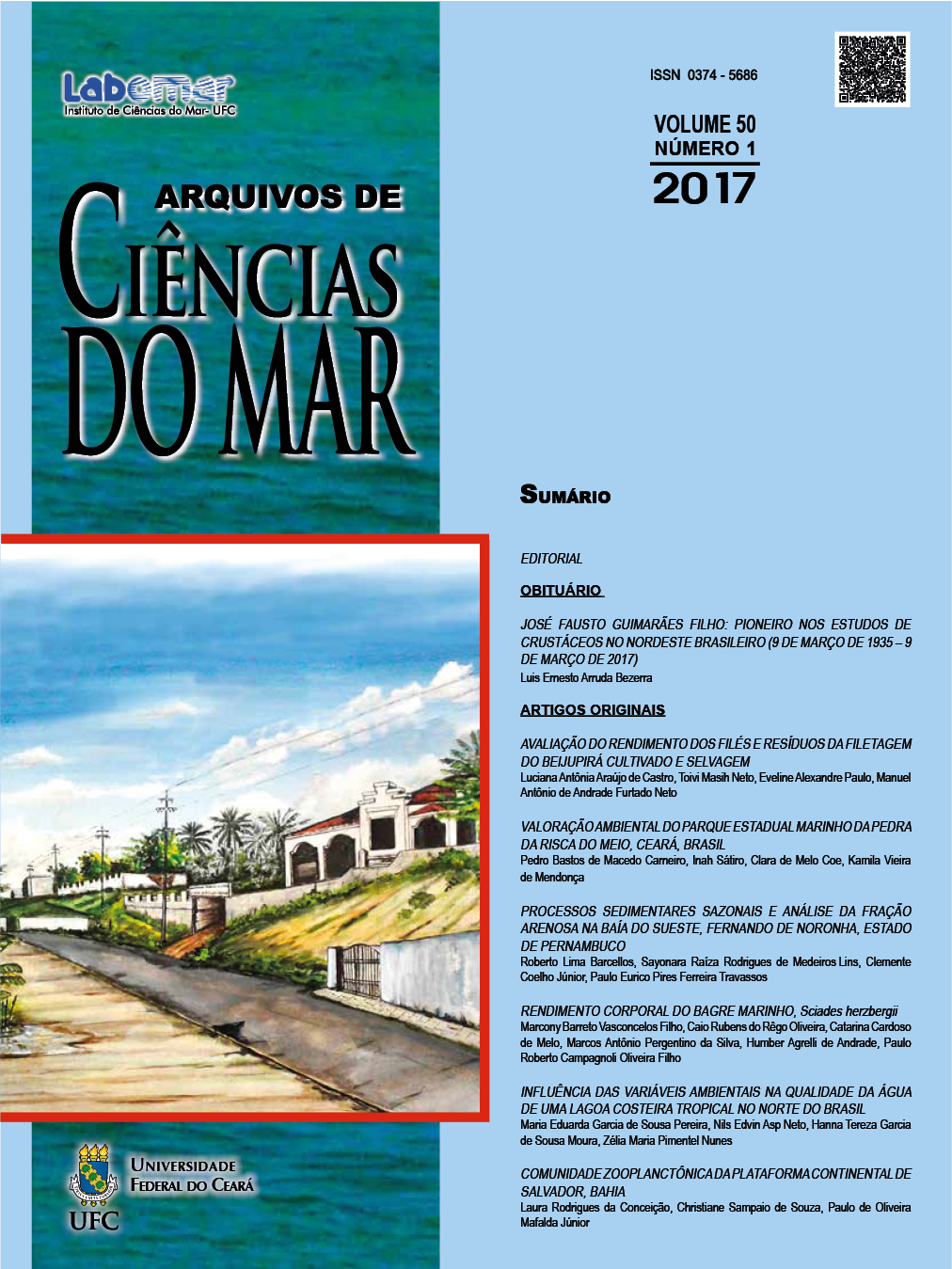Vibrio spp. as pathogens in shrimp farming: Control alternatives
DOI:
https://doi.org/10.32360/acmar.v50i1.18845Keywords:
Biosafety, shrimp farming, vibriosis, pathogen.Abstract
Shrimp farming, an important agribusiness activity worldwide, experiences significant losses due to diseases. Among the pathogenic agents, bacteria of the Vibrio genus are prominent for the high mortality rate registered in infections. Antibiotics are the most frequent option in to fight such diseases, however, their careless use increase the selective pressure on resistant bacterial strains in aquatic environment, which results in risks for the environment and for the health of animal and man. As a measure to prevent economic losses, new technologies are being developed in order to fight the emergence of diseases in the environments where aquatic organisms are farmed. Efforts have been directed towards the understanding of infection processes and invasion routes of vibrio strains in farmed shrimp, as to develop better control techniques against pathogens. Biosafety procedures in farms must integrate concepts of health, nutrition, genetics and environmental quality for an effective control of diseases. In this review, we aim to delineate a profile of the shrimp farming scenery and vibriosis control.Downloads
Published
2017-12-14
Issue
Section
Artigos originais
License
1. Proposta de Política para Periódicos de Acesso Livre
Autores que publicam nesta revista concordam com os seguintes termos:
- Autores mantém os direitos autorais e concedem à revista o direito de primeira publicação, com o trabalho simultaneamente licenciado sob a Licença Creative Commons Attribution que permite o compartilhamento do trabalho com reconhecimento da autoria e publicação inicial nesta revista.
- Autores têm autorização para assumir contratos adicionais separadamente, para distribuição não-exclusiva da versão do trabalho publicada nesta revista (ex.: publicar em repositório institucional ou como capítulo de livro), com reconhecimento de autoria e publicação inicial nesta revista.
- Autores têm permissão e são estimulados a publicar e distribuir seu trabalho online (ex.: em repositórios institucionais ou na sua página pessoal) a qualquer ponto antes ou durante o processo editorial, já que isso pode gerar alterações produtivas, bem como aumentar o impacto e a citação do trabalho publicado (Veja O Efeito do Acesso Livre).

